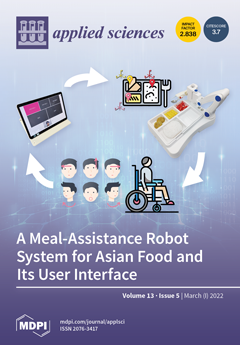Fourier-transform infrared (FTIR) spectroscopy is a fast and simple technique for functional group identification. This work provides a review and insight into the application and interpretation of FTIR spectroscopy for cementitious binders that comprise ordinary Portland cement, alkaline-activated binders, geopolymers, and material characterization
[...] Read more.
Fourier-transform infrared (FTIR) spectroscopy is a fast and simple technique for functional group identification. This work provides a review and insight into the application and interpretation of FTIR spectroscopy for cementitious binders that comprise ordinary Portland cement, alkaline-activated binders, geopolymers, and material characterization for civil engineering material applications. This technique can be used to identify different compounds and a moiety of bond vibrations in inorganic molecules such as Si-O, -OH, H-O-H (water), C-O (carbonate or carbonation), aluminosilicate (Si-O-T, where T is Al or Si), and S-O (sulfate or gypsum) found in hydrated cement, alkaline binders, and geopolymers. The prominent bands include those representing carbonation (CO
32− 1390–1475 cm
−1), calcium carbonate (871, 1792–2516 cm
−1), hydroxylation and water molecules (1607, 3400–3650 cm
−1), strength skeletal framework compositions or Al-Si substitutions, silicate organization (C-A-S-H, N-A-S-H, or C-S-H (950–1055 cm
−1), and sulfate (600–680, 1080–1100 cm
−1). Some of the factors that could affect the spectra bands include elemental displacement due to changes in molar mass, activated temperature, pH, activator concentration, w/b ratio, Ca/Si ratio, Si/Al ratio, and the silica modulus (SiO
2/Na
2O) of the activators used in the binder synthesis. The method could be used for destructive and non-destructive testing on paste sample by using transmission and attenuated total reflectance methods, respectively.
Full article





